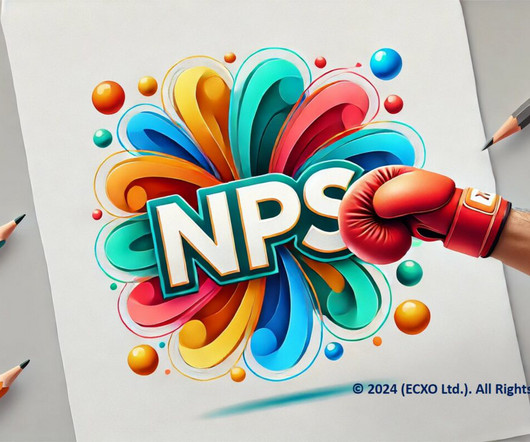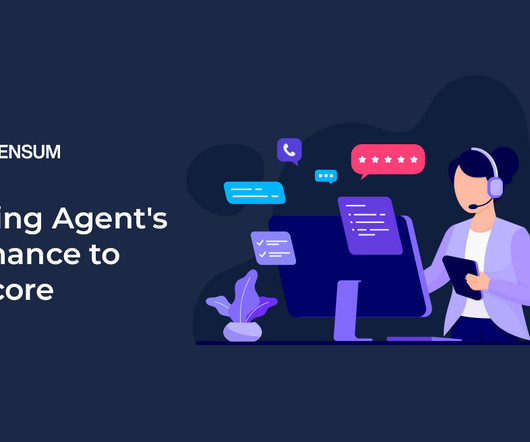Crafting and Cascading a Customer Experience Strategy Across Global Organizations
eglobalis
JUNE 27, 2024
This involves collecting and analyzing data through various methods such as surveys, customer interviews, voice of customer (VOC) programs, and feedback mechanisms. These insights inform the service standards and product offerings that will most effectively meet customer expectations.














Let's personalize your content